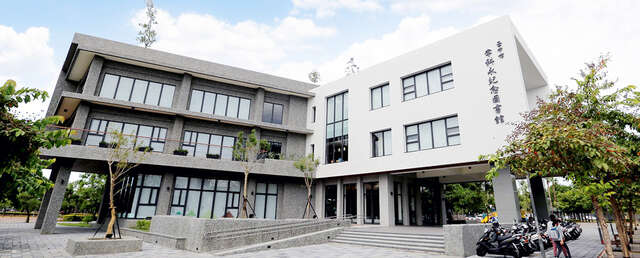Taichung City Li Ke-yung Memorial Library Introduction
The Li Ke-yung Memorial Library is designed based on the concept of the Takeo Onsen Library in Japan, situated within a park. The three-story building integrates with the natural landscape, allowing sunlight and greenery to flow in naturally during reading, creating a leisurely and comfortable atmosphere that resembles a cozy bookstore. Outside the library, there are coffee vending machines and casual seating, enabling the public to enjoy coffee surrounded by large banyan trees and park greenery, accompanied by the aroma of books! The interior of the library features specially planned reading sofa areas and gentle artistic lighting, thoroughly relaxing the minds of the visitors, providing a respite for the body and soul in this bustling city. Content provided by the Taichung City Public Library.












































